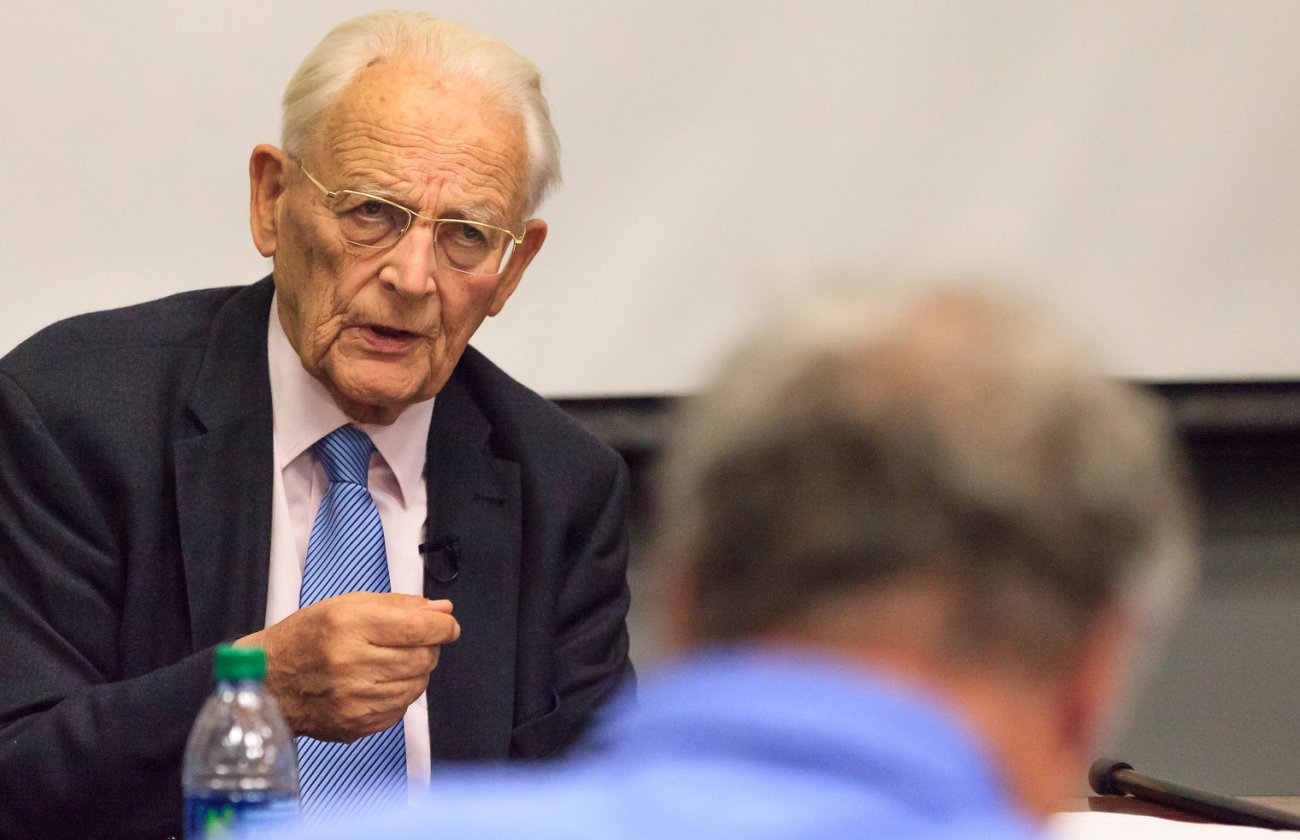By Sammi Wong Student Writer  Communication professor Paolo Sigismondi discussed his upcoming book and thesis during the first Annenberg Research Seminar of the new academic year. His presentation, based on his book titled Interdisciplinary Approaches in the Analysis of the Evolution of the Global Mediascape: The Digital Glocalization of Entertainment, was part of USC Annenberg's M{2e} initiative. Sigismondi defined the concept as the process of adapting global content to fit local needs. He said that although finances and distribution play a large role in the digital globalization of entertainment, the biggest player is the audience. Using the example of the 2008 Olympics, Sigismondi noted that NBC mainly focused on coverage that would be relatable to the audience watching in the United States. With more than 3,600 hours of coverage, the network needed to decide what content would generate the most viewership. The network then showcased many hours of swimming because people were highly interested in U.S. competitor Michael Phelps. Similarly, with reality TV shows such as “American Idol,” the entertainment industry has generated interactive audience participation that has rarely been utilized in media before. These television programs have a long life span because they are easily adaptable in other countries and culture. “American Idol” was derived from a competition called “Top Idol” that premiered in Europe. The audience becomes more attached because they feel a sense of power when they can control the outcome, he said. He said the ability to transform television to fit local interests has shifted the paradigm of media and allowed certain sectors of entertainment to thrive like they have never before.
Communication professor Paolo Sigismondi discussed his upcoming book and thesis during the first Annenberg Research Seminar of the new academic year. His presentation, based on his book titled Interdisciplinary Approaches in the Analysis of the Evolution of the Global Mediascape: The Digital Glocalization of Entertainment, was part of USC Annenberg's M{2e} initiative. Sigismondi defined the concept as the process of adapting global content to fit local needs. He said that although finances and distribution play a large role in the digital globalization of entertainment, the biggest player is the audience. Using the example of the 2008 Olympics, Sigismondi noted that NBC mainly focused on coverage that would be relatable to the audience watching in the United States. With more than 3,600 hours of coverage, the network needed to decide what content would generate the most viewership. The network then showcased many hours of swimming because people were highly interested in U.S. competitor Michael Phelps. Similarly, with reality TV shows such as “American Idol,” the entertainment industry has generated interactive audience participation that has rarely been utilized in media before. These television programs have a long life span because they are easily adaptable in other countries and culture. “American Idol” was derived from a competition called “Top Idol” that premiered in Europe. The audience becomes more attached because they feel a sense of power when they can control the outcome, he said. He said the ability to transform television to fit local interests has shifted the paradigm of media and allowed certain sectors of entertainment to thrive like they have never before.
Sigismondi discusses how to satisfy local needs with global content
August 23, 2011
Updated May 1, 2023 10:28 a.m.








